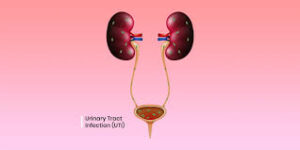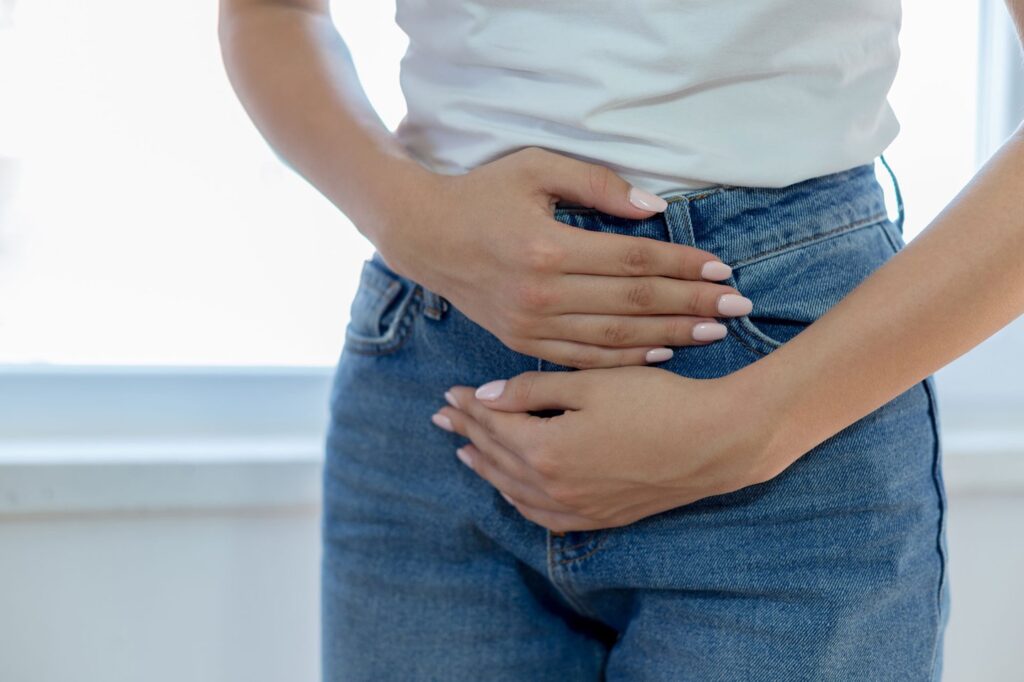Dealing with a urinary tract infection (UTI) is often distressing, marked by symptoms such as a burning sensation during urination and frequent urges to visit the bathroom. However, with the right approach, there are simple, effective remedies that can offer relief and aid recovery from the comfort of your home. While these home remedies are not a replacement for medical treatment, they play a supportive role in easing discomfort and promoting healing. From staying well-hydrated to maintaining proper hygiene, these practices help reduce symptoms and prevent further complications. It is vital, however, to approach these methods with caution and always consult a healthcare professional for an accurate diagnosis and appropriate medical guidance. By combining professional advice with mindful home care, you can navigate the discomfort of a UTI more comfortably and support your overall well-being.
What are urinary tract infections (UTIs)?
Urinary tract infections (UTIs) occur when harmful bacteria enter the urinary system, which includes the kidneys, bladder, and urethra—organs responsible for producing, storing, and eliminating urine. Typically, bacteria from the skin or rectal area enter the urethra and travel upwards, often leading to infections in the bladder (cystitis) or, in more severe cases, the kidneys (pyelonephritis).
Recognizing the symptoms of a urinary tract infection (UTI) is essential for early diagnosis and treatment.

Symptoms of UTIs include:
- Needing to urinate more often than usual
- Pain or discomfort when urinating
- Sudden urges to urinate
- Feeling unable to empty the bladder fully
- Pain in the lower abdomen
- Cloudy, foul-smelling, or bloody urine
- General feelings of being unwell, achy, and tired
It is essential to recognize the signs of UTIs and seek medical help if you experience any of these symptoms.
Home Remedies for Urinary Tract Infections
The most reliable method to treat a urinary tract infection (UTI) is through antibiotics prescribed by a healthcare professional. However, several home remedies can provide symptom relief and may also play a role in preventing future infections. Below are seven practical strategies that can support your recovery and overall urinary health.
1. Stay Hydrated With Water and Water-Rich Foods
One of the most effective ways to flush out infection-causing bacteria is by drinking plenty of water. According to the National Institute of Diabetes and Digestive and Kidney Diseases (NIDDK), maintaining adequate hydration is essential for faster recovery. They recommend consuming six to eight glasses of water daily during a UTI episode. Proper hydration not only helps eliminate bacteria but also reduces the concentration of urine, easing discomfort during urination.
2. Use Heat Therapy to Ease Discomfort
A UTI often causes burning sensations, abdominal pressure, and localized pain. To relieve these symptoms, urologist Dr. Kandis Rivers suggests applying a low-temperature heating pad to the lower abdomen. Be sure to use it safely—avoid placing it directly on the skin and limit use to 15-minute intervals to prevent burns.
3. Avoid Dietary Triggers That Irritate the Bladder
Certain food and drink choices can aggravate UTI symptoms. Caffeine, alcohol, spicy foods, carbonated drinks, nicotine, and artificial sweeteners are common irritants. While reactions vary among individuals, the Cleveland Clinic advises opting for a balanced diet. Naturopathic doctor Holly Lucille recommends incorporating high-fiber carbohydrates and nutrient-rich foods that support digestive and immune health.
4. Don’t Delay Urination
Frequent urination helps remove bacteria from the urinary tract. Even if you feel the urge to urinate only slightly, it’s crucial to go. Coupled with increased water intake, regular urination is a natural and effective way to support your body’s defense mechanism and promote quicker healing.
5. Explore Supplements With Medical Guidance
Some supplements may offer additional support during a UTI. Probiotics—particularly strains like Lactobacillus and Bifidobacterium—can help restore healthy bacteria in the body, potentially reducing the risk of recurrence. D-mannose, a naturally occurring sugar found in cranberries, may prevent bacterial adhesion to the urinary tract lining. While early studies suggest its effectiveness in treating bladder infections, more research is needed. Always consult a healthcare provider before beginning any supplement, especially if you are taking medications or have underlying conditions.
6. Practice Healthy Daily Habits
Adopting better hygiene and lifestyle habits can aid in recovery and reduce the likelihood of future infections. The NIDDK recommends the following:
-
Quit smoking: Smoking can compromise your immune system, making it more difficult to fight off infections.
-
Wear breathable clothing: Opt for loose-fitting, cotton-based underwear and clothing to minimize moisture and prevent bacterial growth.
-
Wipe correctly: Always wipe from front to back after using the bathroom to prevent the spread of bacteria to the urethra.
-
Use unscented hygiene products: Fragrance-free options minimize the risk of irritation and maintain the natural balance of the urinary tract.
These simple changes can play a significant role in maintaining urinary health and supporting your body’s ability to fend off infections.
7. Limit Meat and Poultry Consumption
Research suggests a connection between the consumption of contaminated meat—particularly poultry—and certain strains of E. coli that can cause UTIs. While not all E. coli strains are harmful, those that migrate from the gut to the urinary tract may lead to infection. Women are especially susceptible due to a shorter urethra, which allows bacteria easier access to the bladder. Reducing meat intake and focusing more on plant-based foods may offer protection. One study found that vegetarians had a 16% lower risk of developing UTIs compared to meat-eaters.
By combining doctor-recommended treatment with smart home care and preventative habits, you can significantly improve your recovery process and reduce the risk of recurring infections. Always consult your healthcare provider for the most accurate diagnosis and tailored treatment plan.
How does a woman get a urinary tract infection?
Women are significantly more susceptible to UTIs than men, largely due to the structure of their urinary anatomy. The female urethra is considerably shorter than the male urethra, which means bacteria have a shorter distance to travel to reach the bladder. Furthermore, the urethral opening is located close to the anus and the vaginal area, increasing the likelihood of bacterial contamination—particularly from E. coli, which resides in the gastrointestinal tract.
How does a man get a urinary tract infection?
Though UTIs are less common in men, they can still occur and are often associated with underlying medical conditions. In older men, benign prostatic hyperplasia (BPH) or an enlarged prostate can obstruct urinary flow, leading to incomplete bladder emptying and creating an environment conducive to bacterial growth. Structural abnormalities, kidney stones, and the use of urinary catheters or other invasive instruments can also increase the risk of infection.
Conclusion:
In conclusion, while dealing with a urinary tract infection (UTI) can be uncomfortable, there are home remedies that may help alleviate symptoms and support recovery. It is important to approach these remedies cautiously and consult your doctor before trying anything new. In this article, we have discussed seven home remedies that can provide relief from the painful symptoms of a UTI, including a burning sensation during urination and frequent urination. Remember to stay hydrated, maintain good hygiene, and consult your healthcare provider for the correct diagnosis and treatment.

